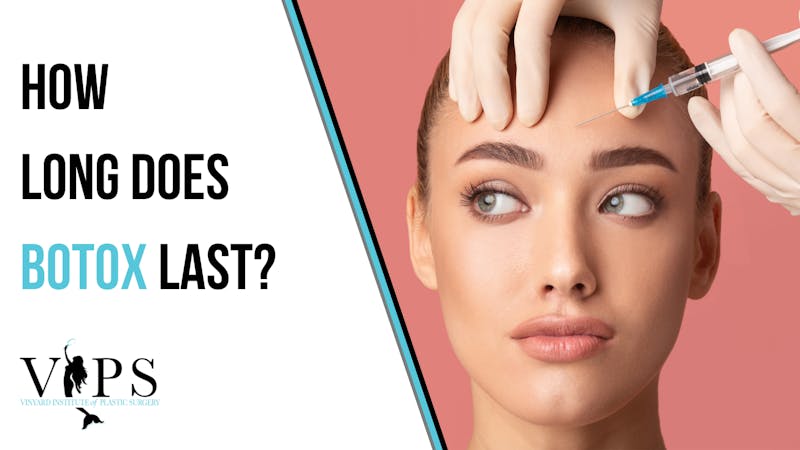13
Oct

Why Kim K Loves Morpheus8!
Aside from her unique style and captivating aura, we know you're wondering how Kim Kardashian manages to look so effortlessly youthful. We have her not-so-secret secret — Morpheus8! Aptly named after the Greek God who could shape and mold huma...
View More13
Oct

What Are the Differences Between Juvederm and Restylane Fillers?
Queue up the dermal filler! Board-Certified Plastic Surgeon Dr. William J. Vinyard, MD, FACS, and his team of experts can help you achieve a balanced and more youthful appearance using Juvederm and Restylane hyaluronic acid dermal fillers! If you're considering rejuve...
View More13
Oct

How Long Does BOTOX Last?
Everyone wants to look like their genuine selves, but when wrinkles and fine lines begin to make a statement on your face, it's easy to feel like you’ve lost your natural and youthful appearance. Whether you think you have to limit your facial expressions or stop smil...
View More13
Oct

Morpheus8 vs. Ultherapy: Why Do We Prefer Morpheus8?
The world of plastic surgery is expanding to meet the patient's needs, so knowing what skin tightening treatment suits you best is not always straightforward. For example, do you choose a less invasive procedure and then get a facelift, or do you begin with a facelift right...
View More13
Oct

What Is Dysport Used For?
Have you noticed that fine lines and wrinkles still appear on your face, even with your commitment to an anti-aging skincare routine? The good news is that there's a fix for you to consider if you want to restore smooth skin and combat lines and wrinkles: Dysport! Below we...
View More13
Oct

Top 5 Treatments Offered in a MedSpa
Health and beauty are two of life's most precious gifts. So, it’s no wonder that when we find a place where both come together, we’re all swarming like bees to honey. And what better place to experience such treatments than at a medspa? The aesthetic optio...
View More13
Oct

CoolPeel Is a Wonder of the CO2 Laser for Your Skin – Check Out These Before and After Photos!
CO2 lasers are being used more and more in medical procedures, and for a good reason! CO2 lasers are a powerful tool that Dr. William J. Vinyard, MD, FACS, and his team of experts use to help patients achieve multiple aesthetic goals, especially skin resurfacing! One of the...
View More13
Oct

How to Maintain Mommy Makeover Results: Tips from the Makeover Masters
Are you one of the many women who have undergone a mommy makeover? If so, congratulations! You've made an excellent decision that will help you regain your confidence and youthful body! But what’s the best way to maintain your results? It is important to remember that...
View More13
Oct

BOTOX vs. Dysport Injections: What’s the Difference?
The world of cosmetic treatments has seen a massive influx in BOTOX and Dysport injections, the highly sought-after nonsurgical treatments that paralyze specific facial muscles to improve fine lines and wrinkles on the face. BOTOX and Dysport are both well-known treatments used t...
View More13
Oct

What Defines a Quality MedSpa Treatment?
Have you ever wondered what defines a quality medspa treatment? While the apparent answer is results, other factors contribute to an overall great experience as well. Of course, some people might be satisfied with results alone, but there are things that one should look for when...
View More


